Advancements in Biologic Therapies
The emergence of biologic therapies represents a transformative shift in the Ankylosing Spondylitis Treatment Market. These therapies, which target specific components of the immune system, have shown considerable efficacy in managing symptoms and slowing disease progression. The market for biologics is projected to grow significantly, with estimates indicating that they could account for over 50% of the total ankylosing spondylitis treatment market by 2026. This growth is driven by the increasing approval of new biologic agents and the rising adoption of these therapies among healthcare providers. As more patients experience the benefits of biologics, the demand for these advanced treatment options is expected to rise, further propelling the Ankylosing Spondylitis Treatment Market.
Integration of Digital Health Solutions
The integration of digital health solutions is emerging as a significant driver in the Ankylosing Spondylitis Treatment Market. Telemedicine, mobile health applications, and wearable devices are increasingly being utilized to monitor patient health and facilitate communication between patients and healthcare providers. These technologies enable more personalized treatment plans and improve patient adherence to prescribed therapies. The market for digital health solutions is expected to expand, with projections indicating a compound annual growth rate of over 20% in the coming years. As these solutions become more prevalent, they are likely to enhance the overall treatment experience for patients with ankylosing spondylitis, thereby contributing to the growth of the Ankylosing Spondylitis Treatment Market.
Growing Awareness and Education Initiatives
Enhanced awareness and education regarding ankylosing spondylitis are pivotal in driving the Ankylosing Spondylitis Treatment Market. Various organizations and healthcare providers are actively promoting awareness campaigns to educate both patients and healthcare professionals about the disease. This increased awareness leads to earlier diagnosis and treatment, which is essential for effective management of the condition. As patients become more informed about their treatment options, they are more likely to seek medical advice and pursue therapies. This trend is likely to result in a higher demand for treatment solutions, thereby stimulating growth within the Ankylosing Spondylitis Treatment Market.
Rising Investment in Research and Development
The increasing investment in research and development is a vital driver for the Ankylosing Spondylitis Treatment Market. Pharmaceutical companies are allocating substantial resources to discover and develop new therapies that address the unmet needs of patients. This focus on innovation is likely to yield novel treatment options that improve patient outcomes and quality of life. Recent data indicates that R&D spending in the pharmaceutical sector has been on the rise, with estimates suggesting that it could reach over 200 billion dollars annually by 2026. This influx of investment is expected to accelerate the development of effective treatments for ankylosing spondylitis, thereby fostering growth within the Ankylosing Spondylitis Treatment Market.
Increasing Prevalence of Ankylosing Spondylitis
The rising incidence of ankylosing spondylitis is a crucial driver for the Ankylosing Spondylitis Treatment Market. Recent estimates suggest that the prevalence of this condition is increasing, with approximately 0.1% to 0.5% of the population affected. This growing patient population necessitates the development and availability of effective treatment options. As awareness of the disease improves, more individuals are being diagnosed, which in turn fuels demand for therapies. The increasing prevalence is likely to lead to a corresponding rise in healthcare expenditure, as patients seek medical attention and treatment. Consequently, pharmaceutical companies are motivated to invest in research and development to create innovative therapies, thereby expanding the Ankylosing Spondylitis Treatment Market.


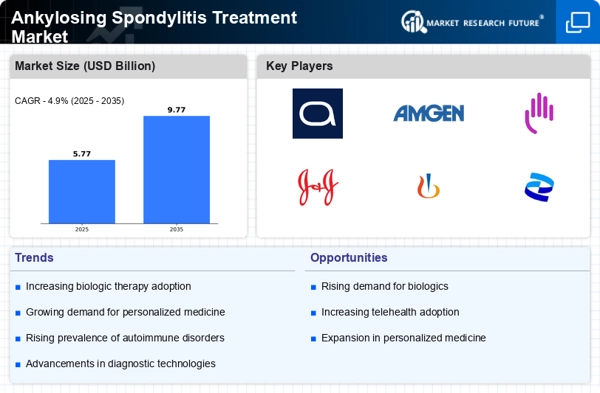
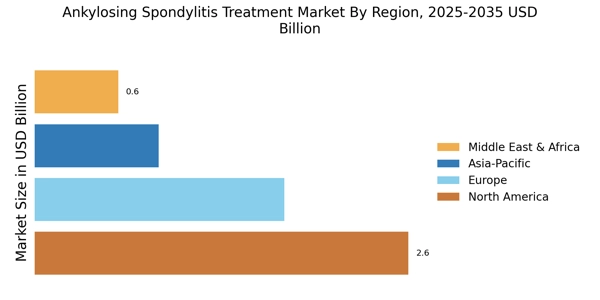

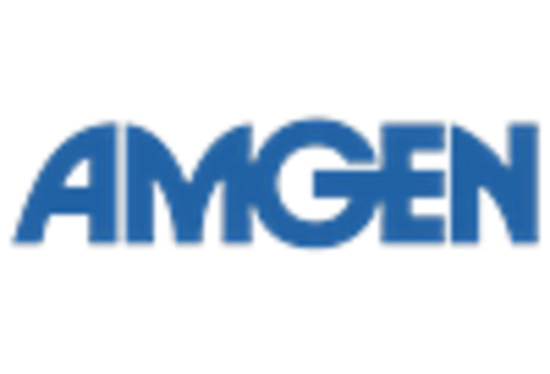
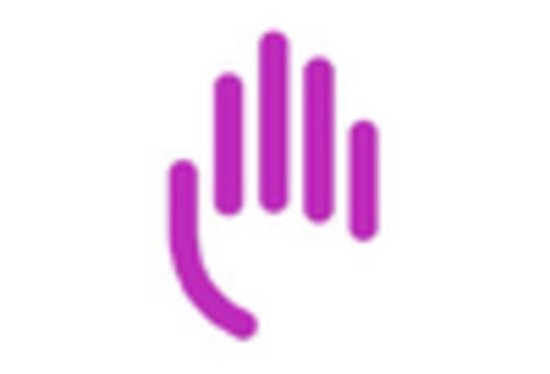
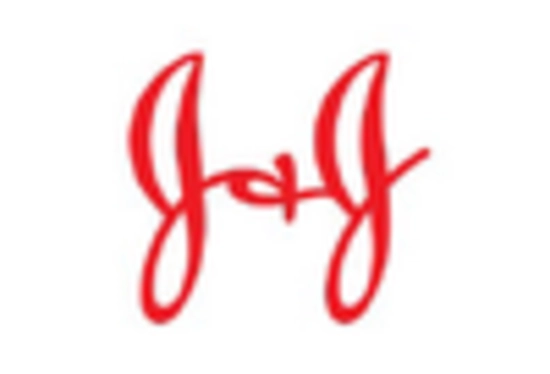
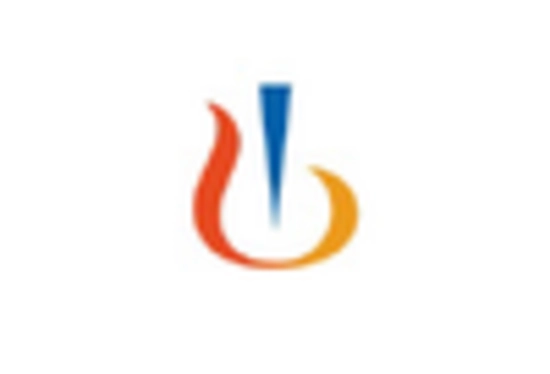
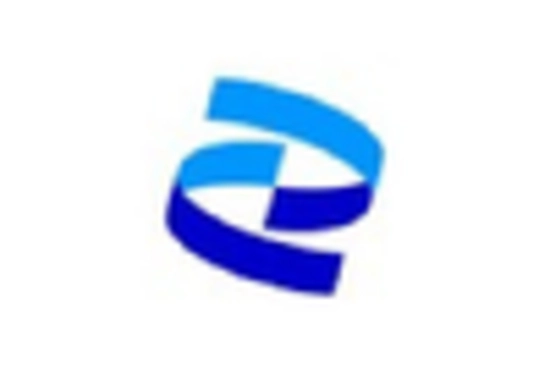








Leave a Comment